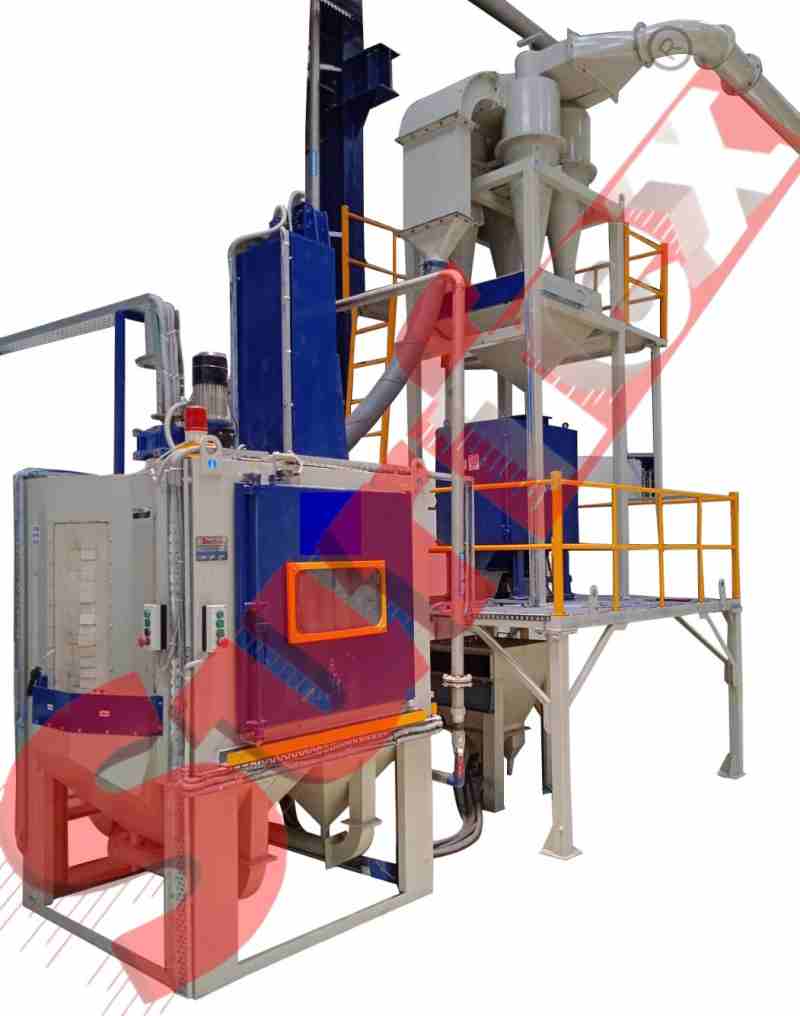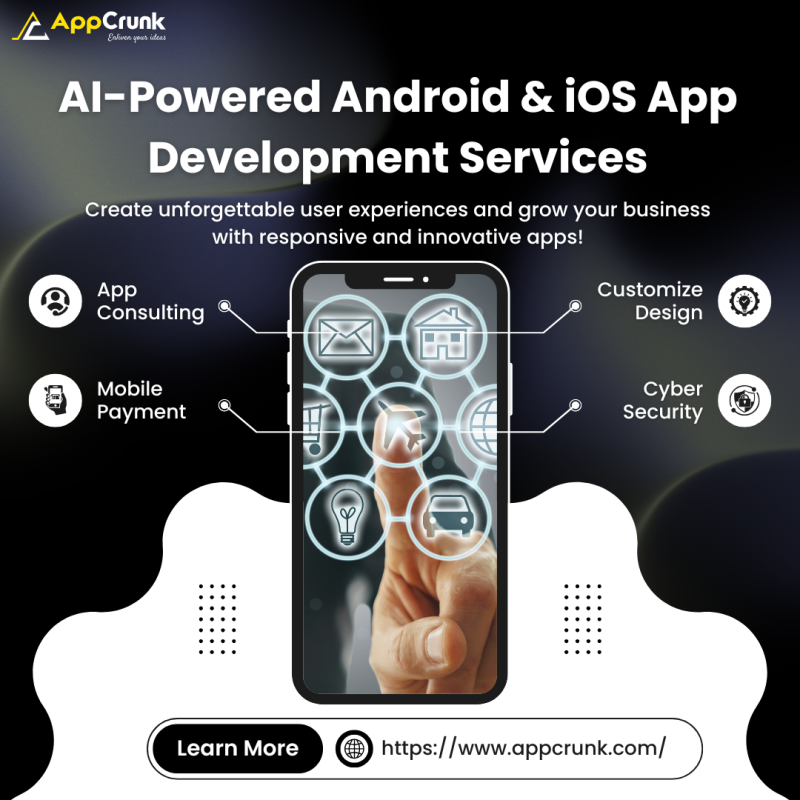Technology
How Hospitals Use Infrastructure Monitoring to Maintain Critical Systems ?

Hospitals rely heavily on technology to provide quality patient care. From electronic health records (EHRs) and laboratory systems to medical imaging devices and patient monitoring tools, the digital infrastructure is the backbone of modern healthcare operations. Ensuring that these critical systems remain reliable, secure, and available at all times is essential—and that’s where Infrastructure Monitoring Services play a vital role.
Why Infrastructure Monitoring Is Critical in Healthcare
Healthcare environments operate 24/7, and any downtime or disruption can directly impact patient care. Key challenges include:
- System Reliability: Hospitals use multiple interdependent systems, such as EHRs, billing platforms, and imaging software. Any failure can delay treatments or administrative workflows.
- Data Security: Patient data is sensitive and protected under regulations like HIPAA. Unauthorized access or breaches can have serious legal and ethical implications.
- Compliance Requirements: Healthcare providers must comply with strict regulatory standards that require continuous monitoring of digital systems.
Infrastructure Monitoring Services helps hospitals maintain visibility over their entire IT environment, detect issues before they escalate, and optimize resource utilization for uninterrupted operations.
Key Areas Monitored in Hospital IT Infrastructure
Hospitals use monitoring services to ensure all critical systems function optimally. Typical focus areas include:
1. Electronic Health Records (EHR) Systems
EHR systems are central to patient care, storing vital medical history, prescriptions, and test results. Infrastructure monitoring ensures that these systems are always accessible, preventing delays in diagnosis or treatment.
2. Medical Imaging Systems
Imaging equipment like MRI, CT, and X-ray machines generate large amounts of data. Monitoring system performance and storage ensures that imaging workflows remain uninterrupted and data is processed efficiently.
3. Laboratory and Pharmacy Systems
Laboratory information systems (LIS) and pharmacy management software require precise timing and data accuracy. Infrastructure monitoring identifies bottlenecks, server issues, or software errors that could impact lab results or medication dispensing.
4. Network and Connectivity
Hospitals often have multiple connected devices across different departments. Monitoring network performance, bandwidth usage, and connectivity ensures seamless communication between systems and devices.
5. Medical Devices and IoT Equipment
The rise of Internet of Medical Things (IoMT) devices, such as patient monitors and infusion pumps, adds complexity to hospital IT. Infrastructure monitoring helps track device health, connectivity, and data transmission for real-time patient monitoring.
Benefits of Infrastructure Monitoring in Hospitals
1. Proactive Issue Detection
Monitoring tools provide alerts for potential system failures, server downtime, or unusual activity. By addressing problems before they escalate, hospitals can prevent disruptions in patient care.
2. Enhanced Security and Compliance
Infrastructure monitoring helps hospitals identify unauthorized access attempts, network vulnerabilities, and system misconfigurations. This supports compliance with regulations like HIPAA and ensures patient data is secure.
3. Optimized Resource Usage
Monitoring enables IT teams to track server performance, storage utilization, and network traffic. Hospitals can allocate resources efficiently, ensuring high-performing systems without over-provisioning.
4. Reduced Downtime
Continuous monitoring minimizes unplanned outages by detecting early warning signs of system failures. Reduced downtime improves patient experience and keeps critical operations running smoothly.
5. Support for Healthcare App Development
Hospitals increasingly rely on mobile and web applications for telemedicine, appointment scheduling, and patient engagement. Reliable infrastructure monitoring ensures these apps remain responsive and available, supporting modern healthcare delivery.
How Hospitals Implement Infrastructure Monitoring Services?
Step 1: Assessment and Planning
Hospitals start by assessing their IT infrastructure, identifying critical systems, dependencies, and risk areas. This helps define monitoring priorities.
Step 2: Deploying Monitoring Tools
Hospitals use specialized monitoring platforms to track servers, databases, applications, networks, and IoT devices. Modern platforms often include AI-driven analytics for predictive maintenance.
Step 3: Setting Alerts and Thresholds
IT teams configure alerts for performance thresholds, system errors, and unusual activity. Alerts are sent in real-time via dashboards, emails, or mobile notifications.
Step 4: Continuous Analysis and Optimization
Data collected from monitoring tools is analyzed to identify trends, optimize performance, and prevent recurring issues. Continuous monitoring ensures infrastructure evolves with hospital needs.
Step 5: Integration With Healthcare App
Monitoring services work alongside healthcare app development to ensure applications remain responsive, secure, and consistently available, enabling hospitals to provide reliable patient-facing tools in addition to their core systems
Future Trends in Hospital Infrastructure Monitoring
- AI and Predictive Analytics: Using AI to predict hardware failures, optimize resource allocation, and prevent downtime.
- Cloud-Based Monitoring: Centralized monitoring for hybrid and cloud-hosted hospital systems for better scalability.
- IoT Device Management: Advanced monitoring for connected medical devices to ensure continuous patient data flow.
- Automation: Automatic remediation of common issues without manual intervention, reducing IT workload.
Conclusion
Hospitals operate in a high-stakes environment where technology failures can have serious consequences. Infrastructure monitoring services are essential to ensure critical systems remain secure, reliable, and optimized. By proactively monitoring IT infrastructure, hospitals not only enhance patient care but also support modern initiatives such as healthcare app development.
As healthcare technology continues to evolve, implementing robust monitoring strategies will remain a cornerstone of operational efficiency and patient safety.
Source:
Click for the: Full Story
You might like













 Close Menu
Close Menu